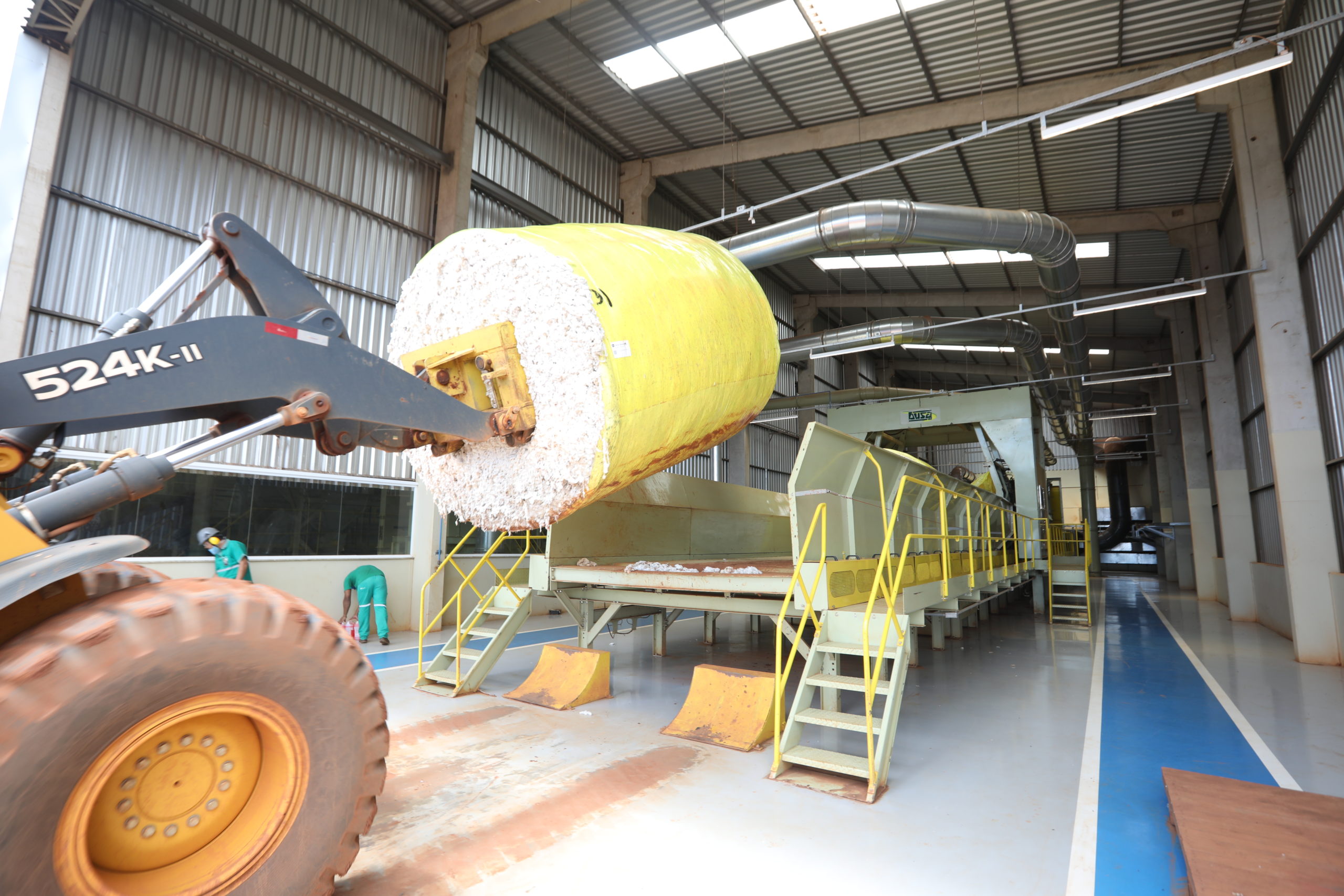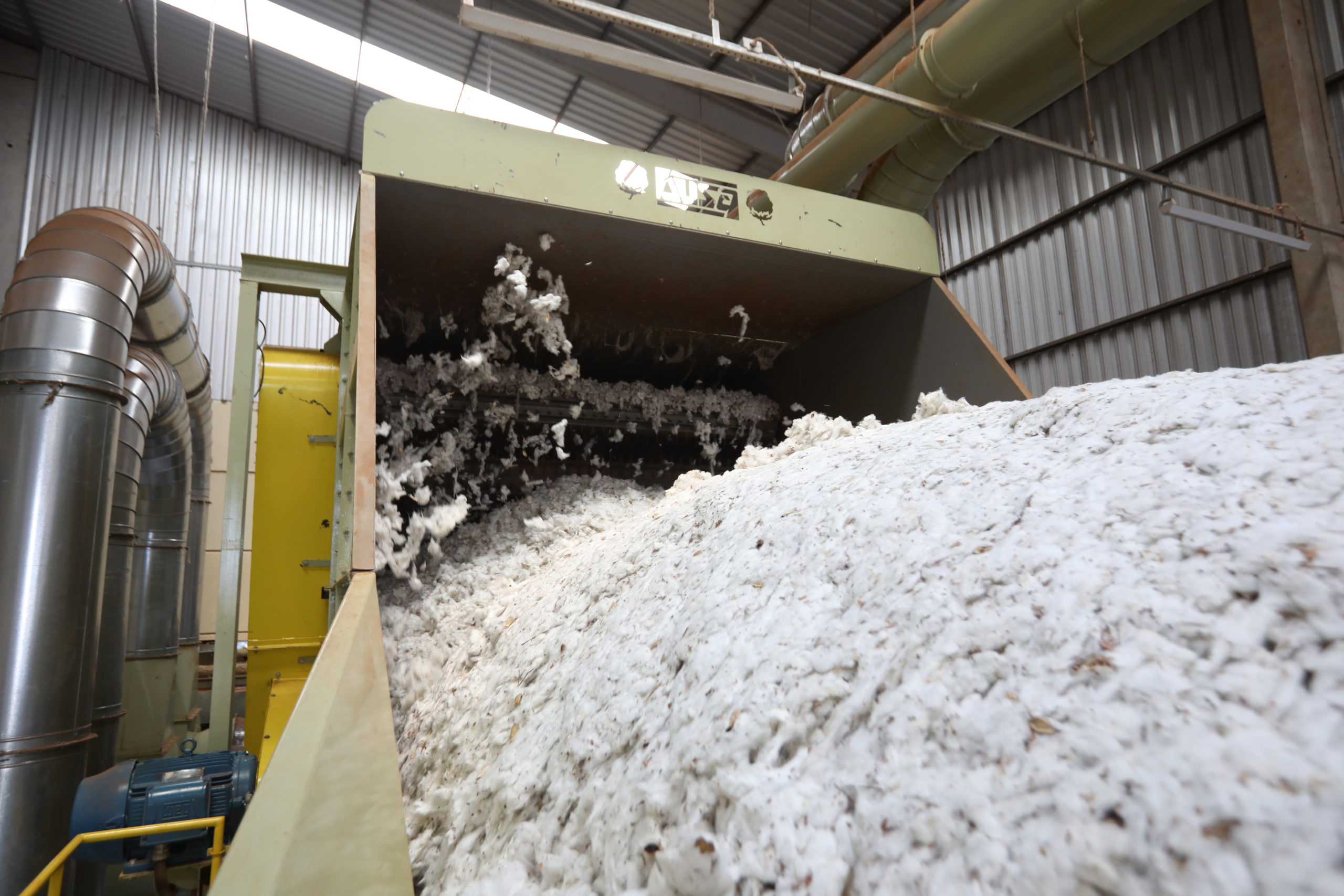Brazil’s 2020/21 cotton crop enters ginning season
Brazilian cotton |
Lint quality starts in the harvest, and ginning is an indispensable process to maintain the fiber’s characteristics. Learn all about this stage of cotton production in Brazil.
July marked the beginning of the ginning season for the 2020/2021 cotton crop in Brazil. By November, the entire Brazilian production – estimated at 2.43 million tons – will have passed through 204 active cotton ginning plants spread throughout the country and will be ready to be sold on the global market. The care starts in the harvest and, from then on, each stage of the process is key for the final quality of the lint.
How Brazilian cotton ginning works

Cotton ginning consists in separating the fiber from the seeds and from impurities by means of precise mechanical processes. The great challenge is to preserve the lint’s intrinsic and extrinsic characteristics. “The art of ginning is to strike the best balance between its positive and negative effects in order to produce the desired quality at the lowest possible cost”, summarizes Jean Luc Chanselme, partner and technical director of Cotimes do Brasil, and a specialist in Ginning Engineering and Technology.
For this, it is necessary to follow strict procedures, from the field to the final storage of the bales, which have to be properly traced and identified with Abrapa Identification System (SAI) labels.
Jean Belot, a researcher at the Mato Grosso Cotton Institute (IMAmt), says that the first stage of the process is a good harvest. “The quality of what comes out of the cotton gin depends on what goes in.” In this sense, it is essential to respect good practices, such as the regular cleaning of the machine’s basket and the regulation of the shelves.

Quality begins at harvest
A very important aspect, according to Belot, is the seed cotton’s moisture level at harvest. For this reason, farmers should avoid harvesting at night as evening dew can cause problems in the seed cotton and result in irregular lint spots, which makes ginning difficult.
Moisture also reduces storage time. If it waits too long to be ginned, cotton can heat up and ferment, losing quality. “A ginning plant can’t perform miracles. If the cotton arrives in bad conditions, it won’t come out good”, warns the researcher.

Planning the ginning process of Brazilian cotton
The interaction between the field and the gin is essential for the ginner to know the type of cotton that is being received and how to best handle it. This is the practice at SLC Agrícola. “We see the cotton gin as an industry within the field. We start out by planning how to bring the cotton from the field and we adopt process control and indicators”, says SLC’s cotton coordinator, Edmilson Santos.
The group adopts the Toyota production model. The process begins with the prior analysis of the quality of the cotton in the field and the identification of what will be offered to the domestic and external markets. Then the transportation and ginning schedules are defined. “With the Toyota model, we manage to segregate the cotton according to its specificities, and then gin it respecting the characteristics of each variety”, Santos explains.
It is necessary to find and respect temperature levels during the process of opening the fiber to extract impurities and add moisture in a balanced way, so as to preserve the lint’s characteristics. “Everything has to be analyzed and planned. When we have a controlled production flow, we can make the right ginning decisions and add value to the cotton”, says SLC’s cotton coordinator.
At SLC Agrícola’s cotton gins, for example, maintenance is performed daily during the intervals between production shifts. As the activity is seasonal and lasts approximately six months, the other six months of the year are dedicated to preventive and predictive maintenance and a thorough inspection of all equipment, so that the plant is 100% ready for the next season.

After ginning, identification and storage
Cotton ginning is an industrial activity. Therefore, the structure of a ginning plant requires a detailed engineering project – whether for construction, expansion or modernization. The sequencing of machines and stages is also fundamental components of the planning process. The project must be on par with the raw material that will be ginned and with the quality level that growers seek to obtain at the end of the process.
After being ginned, the lint is baled and identified with the Abrapa Identification System (SAI) label, which states its origin. It is then placed in a stock area, awaiting the results of the classification testing, which will result in different bale laydowns, per fiber characteristics – color, length, elongation, strength and micronaire. After that, the bales are prepared for subsequent shipment.







